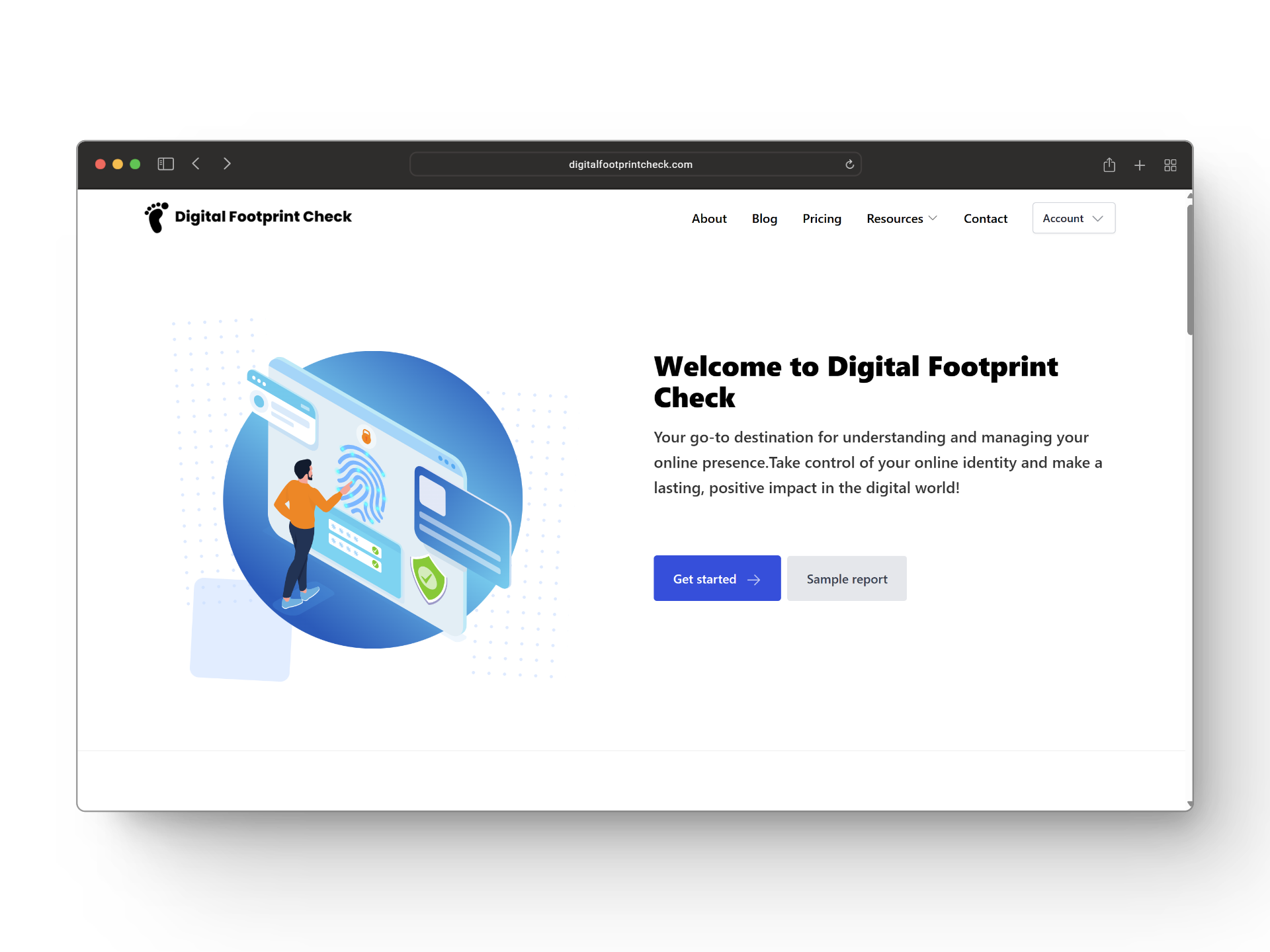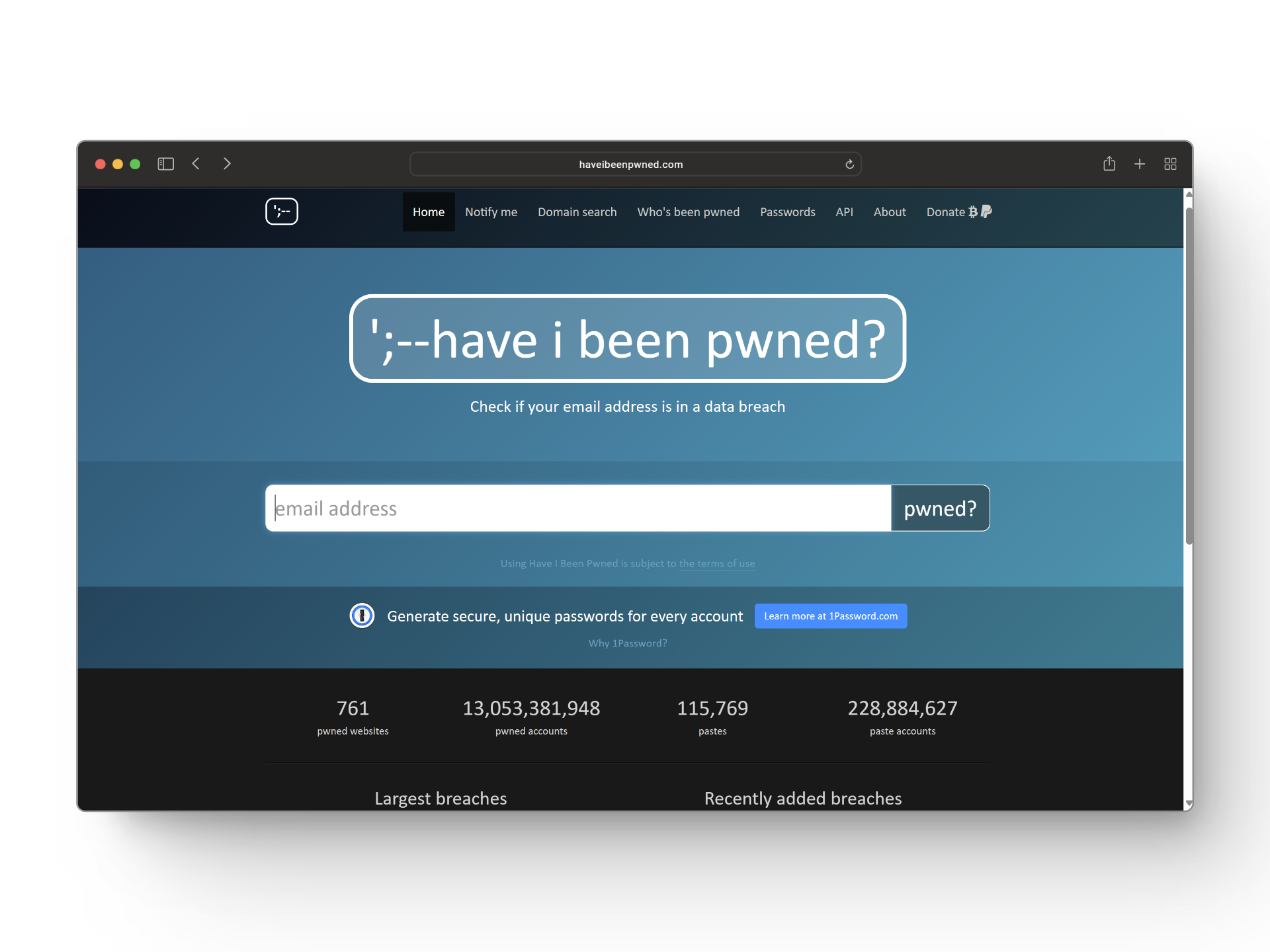How to Check Your Digital Footprint: The Easiest Way
In today’s digital age, nearly every action you take online leaves a digital footprint—a record of your activity that defines your cyber identity. This footprint includes both active contributions, like posts and emails, and passive data, like browsing habits tracked through cookies and log files.

Much of this information is collected without clear ownership or consent, making you vulnerable to tracking, identity theft, and fraud. Organizations may sell or share your data, and your online history can influence how employers and others perceive you.
Every online interaction adds to a persistent trail that shapes your reputation and future, making it essential to manage your digital footprint carefully.
How to Check Your Digital Footprint
Once information about you is available online, regaining control over it can be challenging. However, you can use your digital footprint to your advantage by sharing positive content, such as insightful blogs or professional achievements. Your digital footprint shapes your reputation across the internet and plays an increasingly vital role in both personal and professional spheres.
It is essential to monitor and manage your online footprint to minimize the risk of unauthorized use of your information by cybercriminals or other malicious actors. Proactively managing your presence can protect your reputation and personal data. Here’s how you can do this:
You can begin by performing a basic Google search of your name and reviewing public information on your social media profiles. Additionally, use specialized online tools and software that offer timely insights and keep archives—even of deleted or previously removed data. There are also many websites dedicated to tracking and displaying publicly available personal data.

If you discover personal information online and wish to have it removed, you can contact the website directly to make this request, or use dedicated removal services that automate this process for you. Be aware that most of these professional services require a fee or subscription.
Best Digital Footprint Checker
Given that privacy concerns are at an all-time high, taking charge of your digital footprint is crucial. Regularly checking your digital footprint helps you stay informed about what personal details are available about you online and take appropriate action to protect your privacy.
1. DigitalFootprintCheck
DigitalFootprintCheck is a comprehensive platform designed to investigate your online presence across multiple channels, including social media, online databases, forums, and more. With its intuitive interface, you receive a detailed report on your digital presence, helping you identify sensitive information that may be publicly visible.

↪ Features:
- Continuously monitors internet and dark web sources for evidence of data theft and potential security risks.
- Tracks the usage of your email addresses across various platforms to uncover activity that may not be visible to you.
- Reviews public records for identity verification, background checks, and credibility assessment, providing a thorough trace of linked information.
- Scans search engines and web history, offering alerts when new mentions of your name or data appear online.
- Delivers in-depth analysis of your social media activity and engagement for greater control over your online persona.
- Assists employers with screening candidates by providing background checks, including criminal record, employment and credit history, education, and more.
- Recommends personalized actions to help you improve your search result visibility and online presence.
2. HaveIBeenPwned
Developed by cybersecurity experts, HaveIBeenPwned is a leading resource for detecting your involvement in major data breaches. Unlike general digital footprint checkers, this tool focuses on exposing which of your accounts—identified by email address or username—have been compromised and potentially misused.

↪ Features:
- Identifies data breaches linked to your email address or username and displays the scope of compromised information.
- Detects if your passwords have been part of previous breaches, helping you address weak or compromised credentials.
- Provides immediate alerts when your data appears in new breaches, allowing you to act swiftly.
- Enables users to opt-out, so others cannot search for or access your information in the database.
 Reviewed by
Reviewed by 




